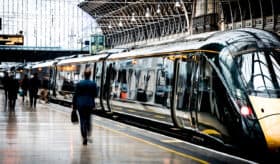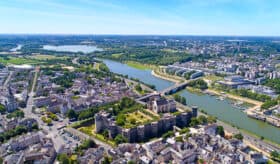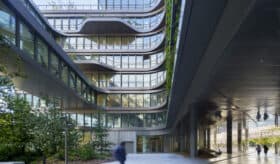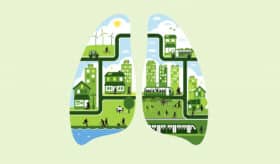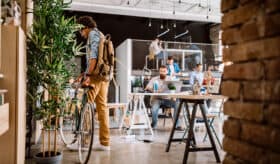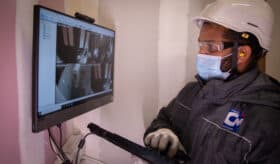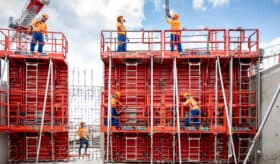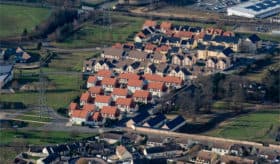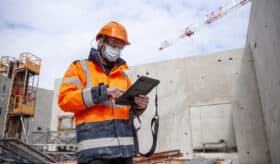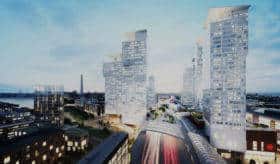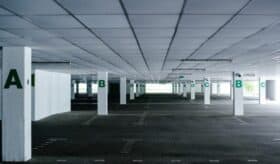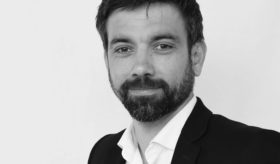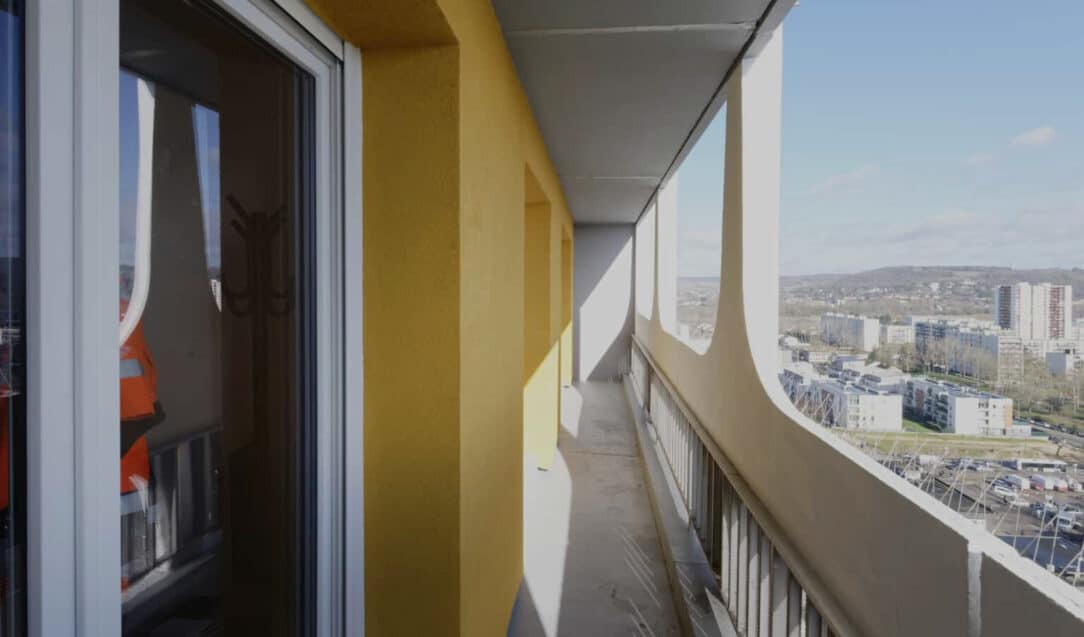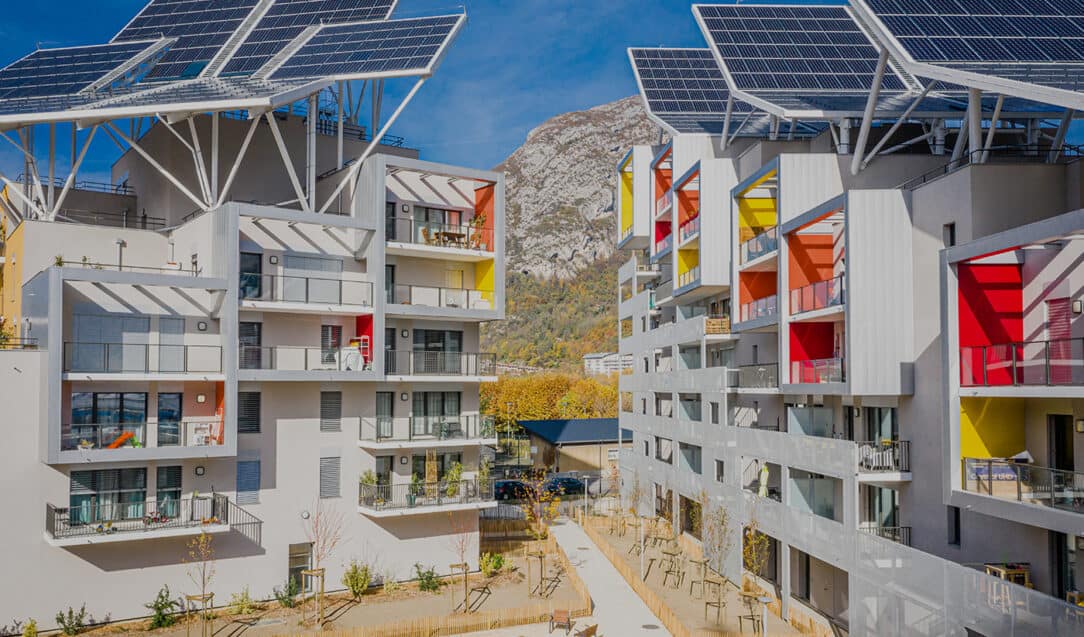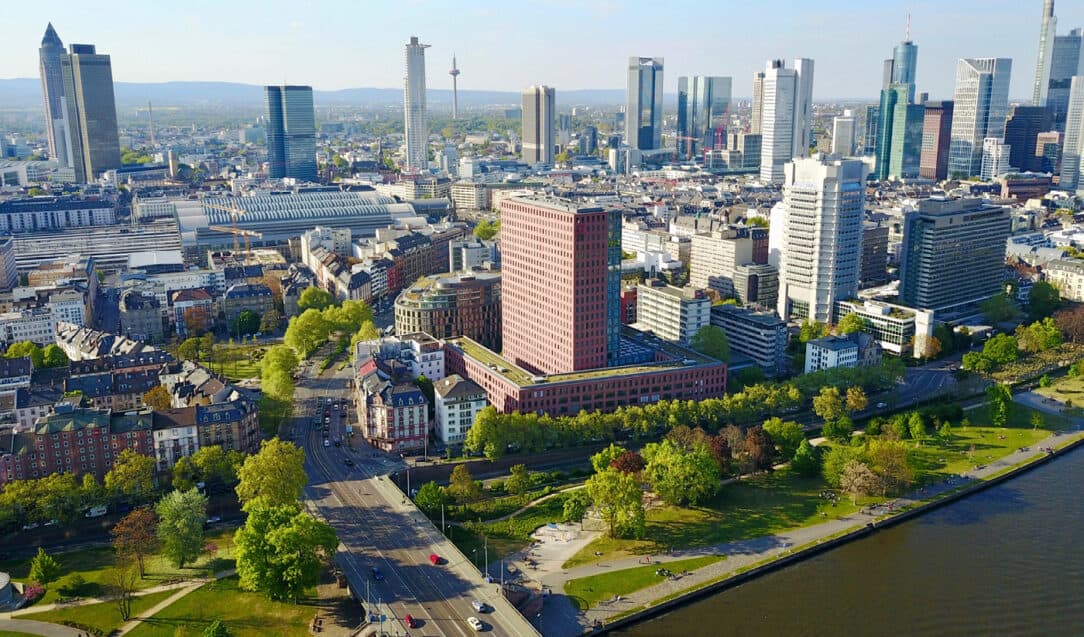Elsa Favreau
Elsa, a trained geographer and tower planner, has worked alongside territorial collectivities to support them in their town planning and territorial development efforts. She joined Lab Prospective Bouygues Construction in 2016 to strengthen ‘cities and territories’ expertise and to analyse the way in which urban macro-trends and practices shape the cities of tomorrow. She is […]
Anne Borrel
Anne Borrel is a writer at We Demain: un média pour changer d’époque. She is a regular contributor to the Shared Innovation blog, with reports that tackle how territories are changing with the practices of today and tomorrow.
The station of the future – challenges and prospects
Providing a link between here and elsewhere, stations constitute an essential centrality for cities of the future. At the heart of major disruptions on a number of levels, stations are the subject of numerous innovations in areas that go beyond the field of mobility. After an open and collaborative approach to mobility, which resulted in the trend book “Cities & mobility, a reinvention of proximity”, we are now focusing on the outlook for the railway station of the future.
About
How do we think about regions in a changing world? This question is asked every day at Bouygues Construction as part of being an increasingly open, mobile and digital company. Our teams design, build and manage buildings with the goal of contributing to the creation of sustainable, progressive, vibrant and inclusive regions, as well as […]
Bouygues Construction
To facilitate the circulation of ideas, innovation and experimentation to create the regions of tomorrow Bouygues Construction needs to anticipate any future challenges for and uses of regions in order to better design, model and construct them for the future. This blog brings together our vision, analysis, monitoring and prospective work related to the construction of […]
What are the expectations of the French public in terms of quality of life and ecological transition?
As the 3rd survey* carried out by the Observatory of Uses and Representations of Territories confirms, living in the city increasingly appears to be an oxymoron, and the desire to migrate is intensifying among the hyper-urban population. This is a powerful trend, and the pandemic seems to have accentuated the discontent, intensified the search for a new work/life balance, and even in certain cases to have created conditions that are more conducive to turning these desires into reality.
Preserving biodiversity in urban regeneration and construction projects
Around 28% of the world’s animal and plant species are now under threat of extinction . This includes one in four mammal species, one in seven birds and more than one in three amphibians, as well as a third of conifer species. Scientists are warning of an ongoing collapse of biodiversity, with some even talking about a “sixth mass extinction”. The principal causes are the destruction and fragmentation of the habitats of these species, the overexploitation of ecosystems, the development of invasive species, climate change and pollution and eutrophication (the introduction of nitrogen, phosphorus and other excess nutrients into the environment). Many of these factors are caused by human activities, which have such a strong and rapid influence that the biosphere is unable to adapt to them. What action can we take to halt the trend and prevent ourselves from crossing critical thresholds? Pierre Lopez, Sustainable Construction Project Manager at Bouygues Bâtiment Nord-Est, gives us his point of view on the construction sector.
How can urban metabolism contribute to circular economy policies?
Although cities occupy a mere 2% of the surface of the planet, they consume 75% of its resources, emit between 60% and 80% of anthropogenic greenhouse gases and generate 50% of waste . Cities are a privileged gateway for the entry and exit of a large concentration of flows (food, electricity, cold, heat, fuel, consumer goods, waste, etc.) that enable them to meet the needs of their users: remember that cities today account for 55% of the world population. The study of these flows according to the principles of urban metabolism is a field that is growing in popularity. More and more urban authorities are using it as a basis for defining their circular economy policies.



